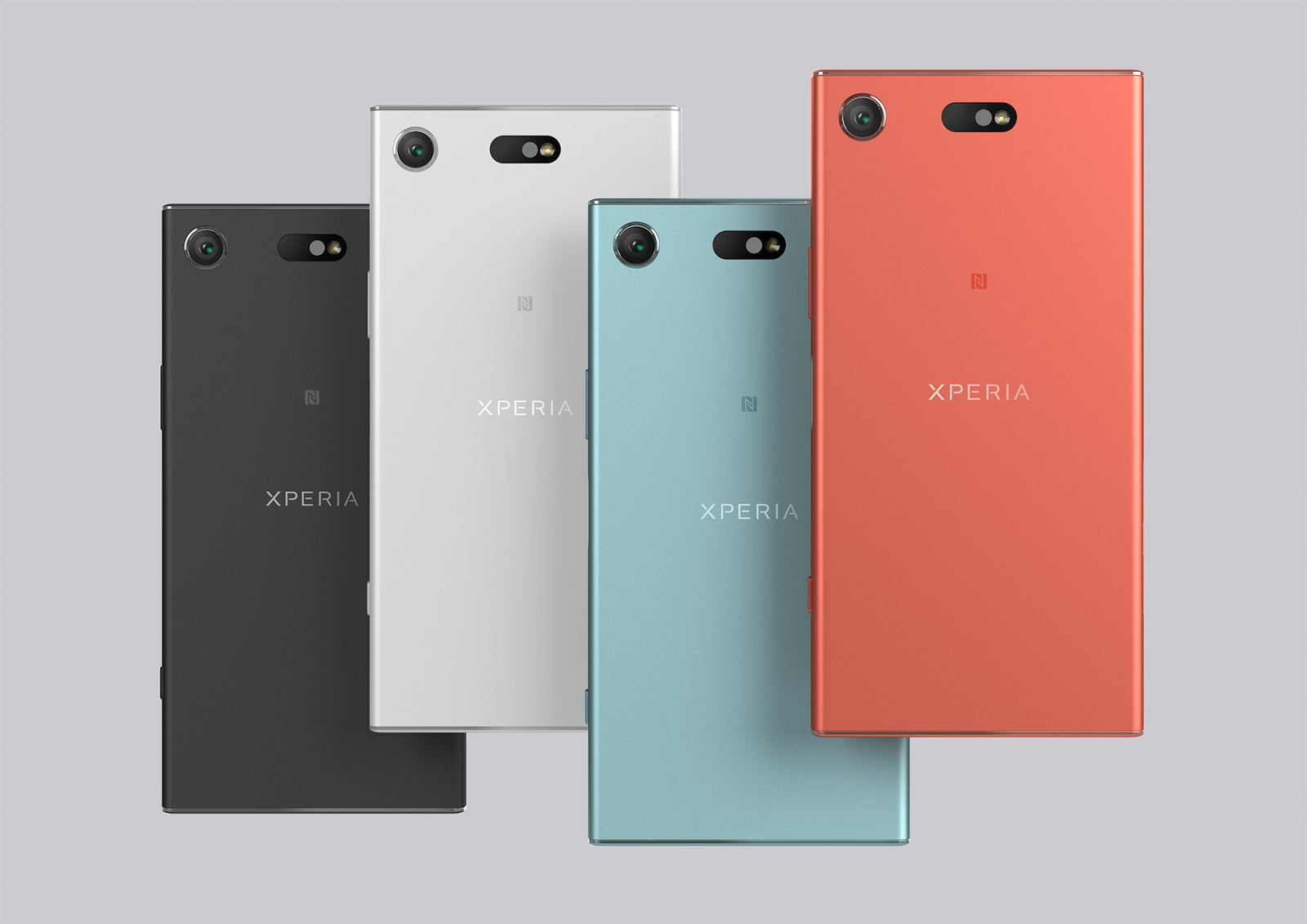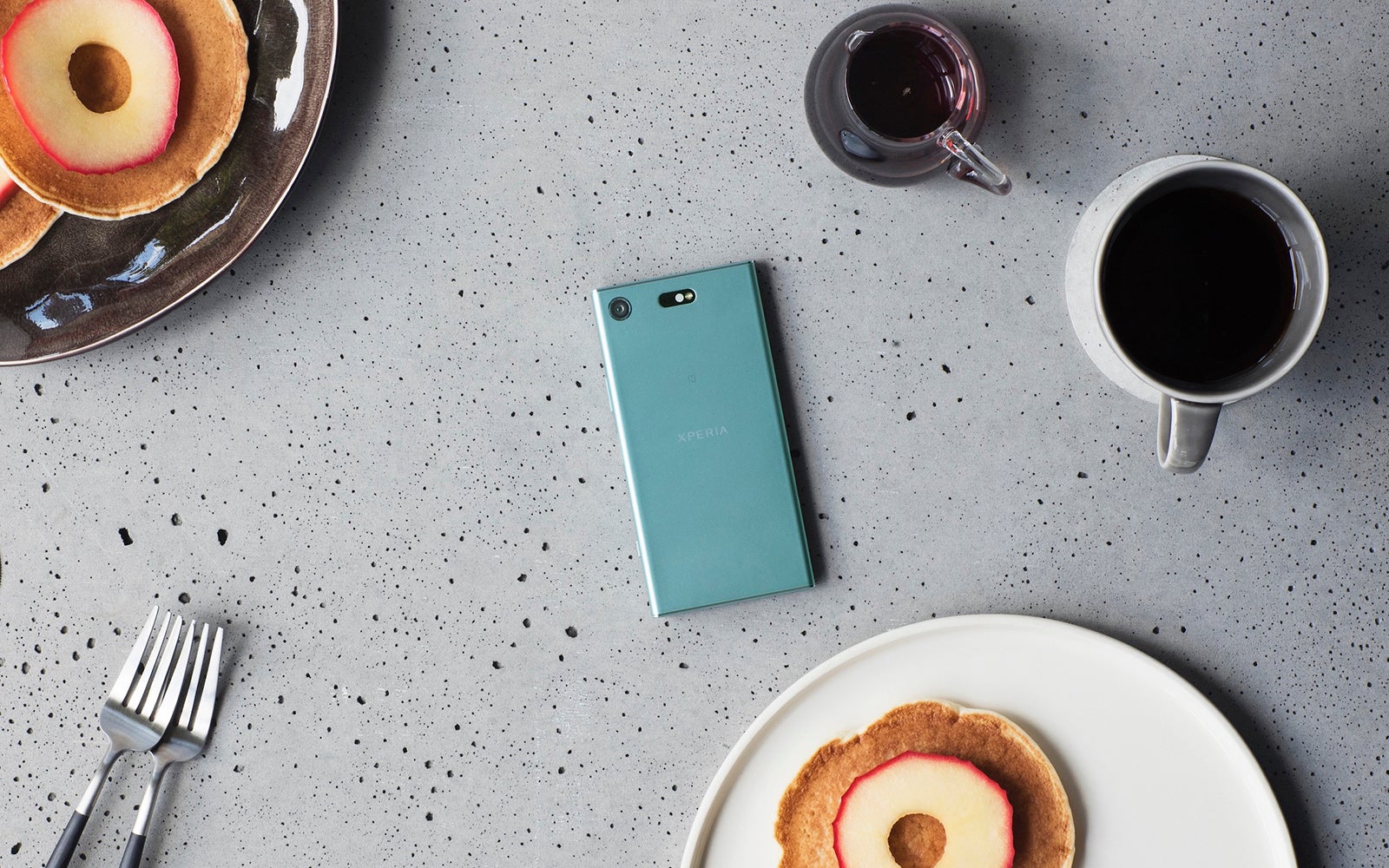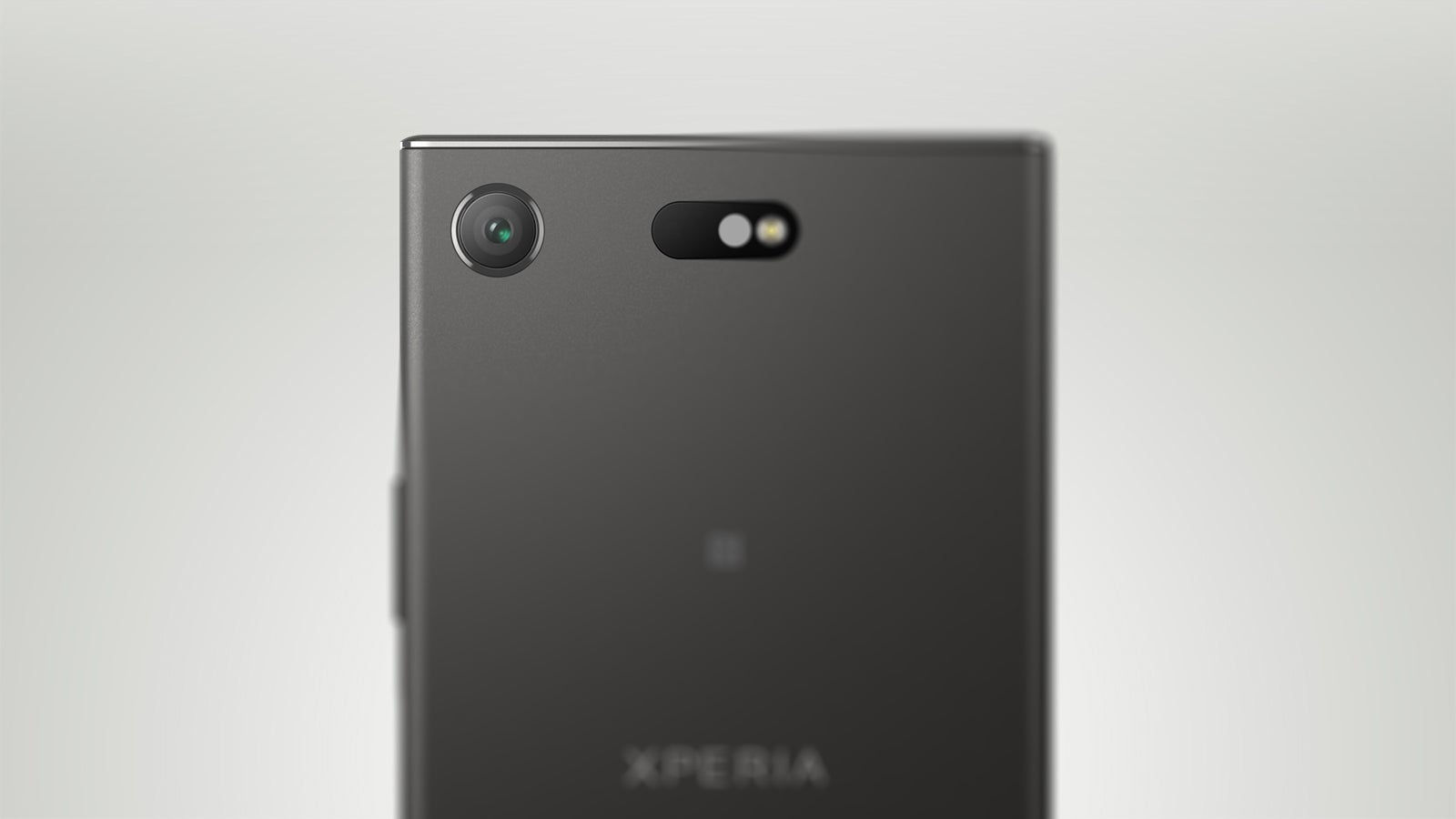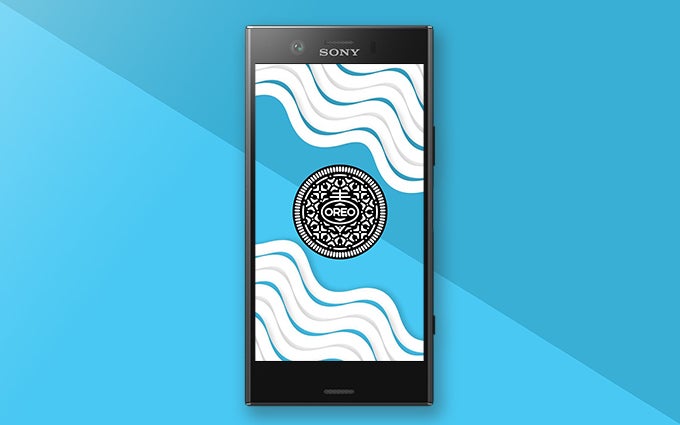Sony announces the Xperia XZ1 Compact: Small in size, big in capabilities

This is because — if the name hasn't already clued you in — the XZ1 Compact is pretty much the XZ1, but stuffed in a smaller package with some minimal feature cuts. So let's get right into the details:
A smaller take on the classic Xperia design

Just like the regular XZ1, its bite-sized sibling doesn't deviate much from the long-established OmniBalance design principles which have been a mainstay in Sony smartphones' looks for years now. And a lot of this has to do with the fact that the XZ1 Compact was made to imitate its bigger brother, which itself is almost a carbon copy of last year's XZ.
But this isn't nearly as much of an issue here, as the small flagship market niche has been all but abandoned from most manufacturers — so there really isn't much competition to overshadow the XZ1 Compact's somewhat dated looks.
The front of the device is mostly taken up by a 4.6-inch display with a 720p resolution. And unlike the XZ1, the screen does not offer support for HDR content. Above and below you'll find a pair of stereo speakers, while the upper bezel also plays host to the proximity sensor and a large front camera cutout. Also notable is the fact that, just like on the X Compact, the top and bottom bezels are of different sizes, contrary to what the OmniBalance principles dictate.
The XZ1 Compact inherits one of its bigger brother's best subtle design decisions — the singular panel covering both the rear and the sides — though in this case the material it's made of is matte plastic, instead of the XZ1's aluminum.

The rear side of the Compact is near-empty save for the camera (with a barely noticeable camera bump) and its related hardware (which is positioned horizontally in the top center). The side panels look almost exactly like the XZ1's, which means the power button doubling as a fingerprint scanner (unless you live in the U.S., of course), the headphone jack, and the USB-C connector are all present and ready to party.
But there's one design feature that bears specific mention, even if it's one we've already seen in past Compact Sony models. Namely, this phone is thick (or "thicc," as all the kids say nowadays), and given its relatively small dimensions this can be quite noticeable. But we guess this is the price you have to pay if you want flagship specs in a tiny device.
No-compromise camera

With the camera being one of the standout features of the XZ1, it only makes sense it will be present in its Compact variant as well. So this means that the 19 MP MotionEye sensor previously found in the XZs and XZ Premium is now making the transition to smaller form factors, hand in hand with the ability to take 960 fps slow motion videos.
And as for the new piece of software allowing users to scan 3D objects using their smartphone — don't worry, it isn't an XZ1 exclusive. Given the near-identical hardware in the two phones, we imagine the results won't differ much (if they do at all), though it remains to be seen whether the technology is actually any good when used in real life.
A curious addition here is the front camera, which sports a 120-degree wide-angle lens, with the option to take either regular-looking (but lower resolution) selfies, or wide-angle (but distorted-looking) ones.

Tiny yet powerful
Sony calls the XZ1 Compact "the only true premium compact" device on the market — which is kind of true, depending on whether you consider the iPhone SE premium or not. But there's a good reason for such a statement: Sony's latest tiny phone is armed to the teeth in terms of specs, which is a welcome change from last year's X Compact.
In concrete terms, this means users of the XZ1 Compact are getting a package consisting of Qualcomm's high-end Snapdragon 835, 4 GB of RAM, 32 GB of storage (which is thankfully expandable via SD card), and the same 2,700 mAh battery capacity as the larger Xperia XZ1.
Xperia-flavored Android Oreo

If you buy the XZ1 Compact, even right on its launch date, you should be prepared for the fact that your browser cookies won't be the only software-based biscuits you'll be enjoying. That's right, the XZ1 Compact follows its big brother by including Android 8.0 Oreo right out of the box — a slap in the face of companies like Samsung and LG whose latest flagships are still shipping with Nougat.
Price and release date
If you've already seen the XZ1 and its September release date, you may have gotten excited that the Compact will be getting the same early release date treatment. However, this is Sony we're talking about, so expect to wait for a tad longer if small devices are more your thing: the XZ1 Compact will get a release on October 4.
And given Sony's past pricing mistakes, the XZ1 Compact is welcome surprise in this regard: United States consumers will have to pay $599 for one of these babies, which is quite competitive price tag. And lastly, expect to see the device in four different color variants: Black, White Silver, Twilight Pink, and Blue.











Things that are NOT allowed: